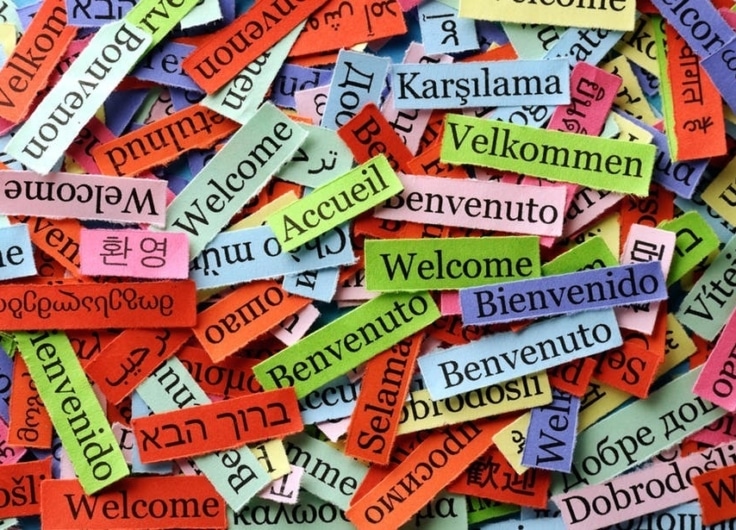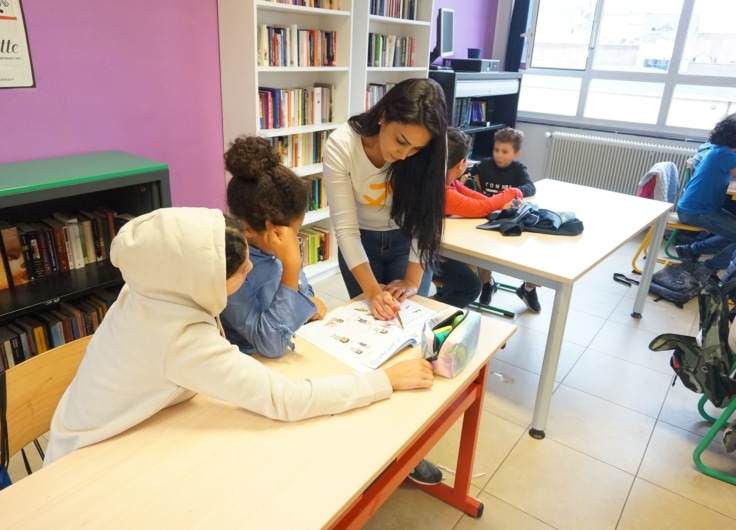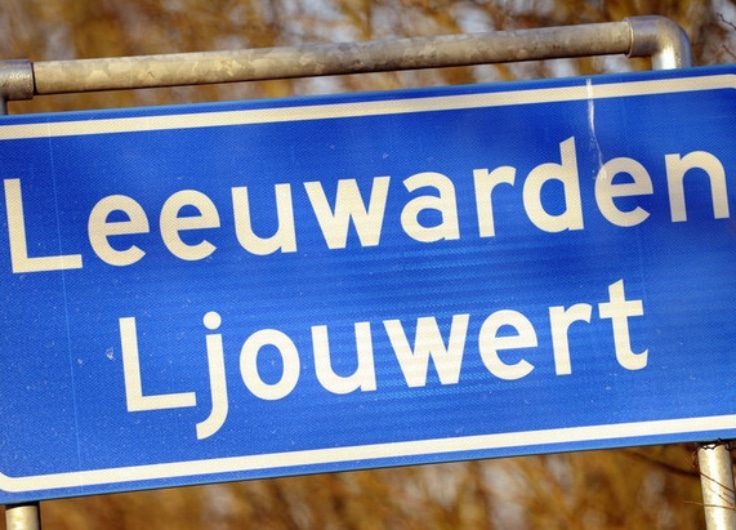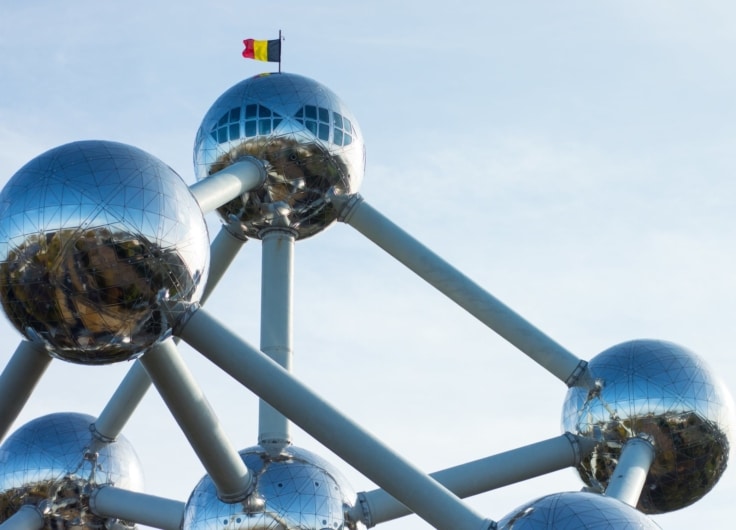Various languages have always circulated in the Low Countries; a situation we have often used to our advantage. That is one of the conclusions of Vertalen in de Nederlanden: een cultuurgeschiedenis (Translation in the Low Countries), a monumental book that not only sheds light on the flourishing translation of culture in our region, but also offers a fascinating cultural history.
In the fall of 2021, I attended a book presentation that many people in the translation and linguistic research community had long been waiting, perhaps even yearning, for: Translation in the Low Countries, a cultural history of translation in the Low Countries. There are numerous literary histories that provide an overview of original Dutch-language work through the ages. And although many books, especially in earlier times, have a predecessor in another language, they are generally considered to be original works in those literary histories. As a result, these works ignore the flourishing and sometimes strongly evolving translation culture that we have known for centuries in the Low Countries. This new book thus not only fills a major gap in our cultural history, it also offers us a completely different view of works and authors we already know from literary histories.
This book not only fills a major gap in our cultural history, it also offers us a completely different view of works and authors we already know from literary histories
Translation in the Low Countries is an impressive book. It starts with the sheer size: 656 pages, roughly 2.5 kilograms in weight. Just lifting the book to read it is already a weight exercise, but it’s well worth the effort. The first thing you will notice when you open the book is a section with colour images of authors, translators, excerpts from manuscripts. This gives you an impression of what to expect as a reader. The rest of the book is brightened up with more images in black and white. We do not only discover the texts and translations through the written word, but also via images of the texts and portraits of the authors.
Needless to say, the bulk of the book does consist of words and not images. The five authors have each taken care of a certain period: the period up to 1550 (part 1, by Dirk Schoenaers), from 1550 to 1700 (part 2, by Theo Hermans), from 1700 to 1800 (part 3, by Inger Leemans), from 1800 to 1900 (part 4, by Cees Koster) and from 1900 to 2020 (part 5, by Ton Naaijkens). At the beginning of each volume, we find a detailed table of contents, which, divided over the various chapters, shows what was central to the world of translation during that time. This results in a very clear, uncomplicated structure that you can also get into if you are interested in a specific period or if you pick up the book from time to time.
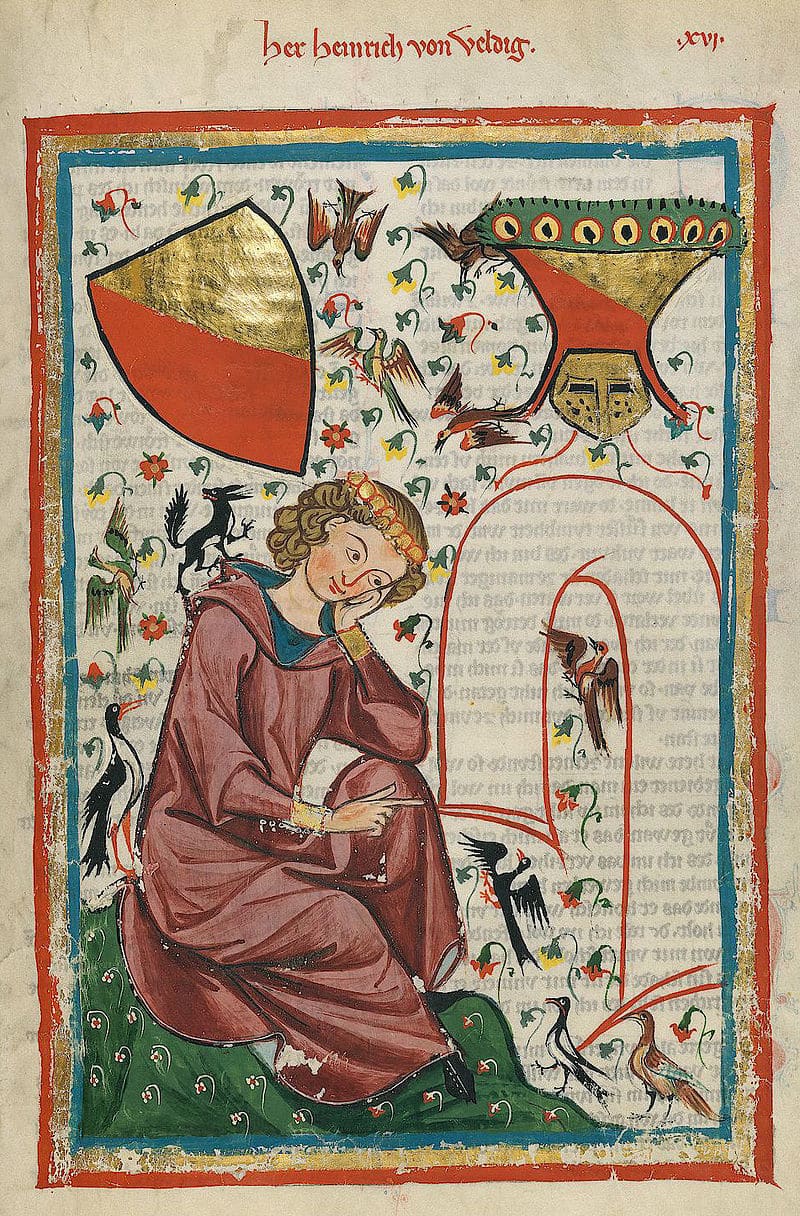 Hendrik van Veldeke (before or circa 1150-died after 1186) is the first writer in the Low Countries known by name who wrote in a European language other than Latin. Image from the Codex Manesse, circa 1340
Hendrik van Veldeke (before or circa 1150-died after 1186) is the first writer in the Low Countries known by name who wrote in a European language other than Latin. Image from the Codex Manesse, circa 1340© Wikipedia
And then there are the highlights: the vignettes. These are short pieces in the middle of a chapter in which one particular aspect, an event, or a translator, gets extra attention. Some vignettes are written by guest authors, specialists in that period or on that topic. For example, Theo Hermans (University College London) has written a vignette on the eighteenth-century theatre man Jan Frans Cammaert and another one on translators in Constantinople. Sien Degeest (University of Antwerp) has drawn ideas from her master’s thesis for a vignette on Flemish war interpreters during the Second World War.
Yes, that’s right: In addition to written translation, this book also covers interpreting. Ordinary translation is not limited to literary texts. There was a need for translation of other texts, such as charters, guides and scientific articles. Religious texts are of importance: in addition to the Bible itself, numerous edifying stories, hagiographies, psalms, mystical texts and the like have played a major role in society for centuries. Most of these texts were written in Latin and translated for people, including priests, who had little or no command of this language.
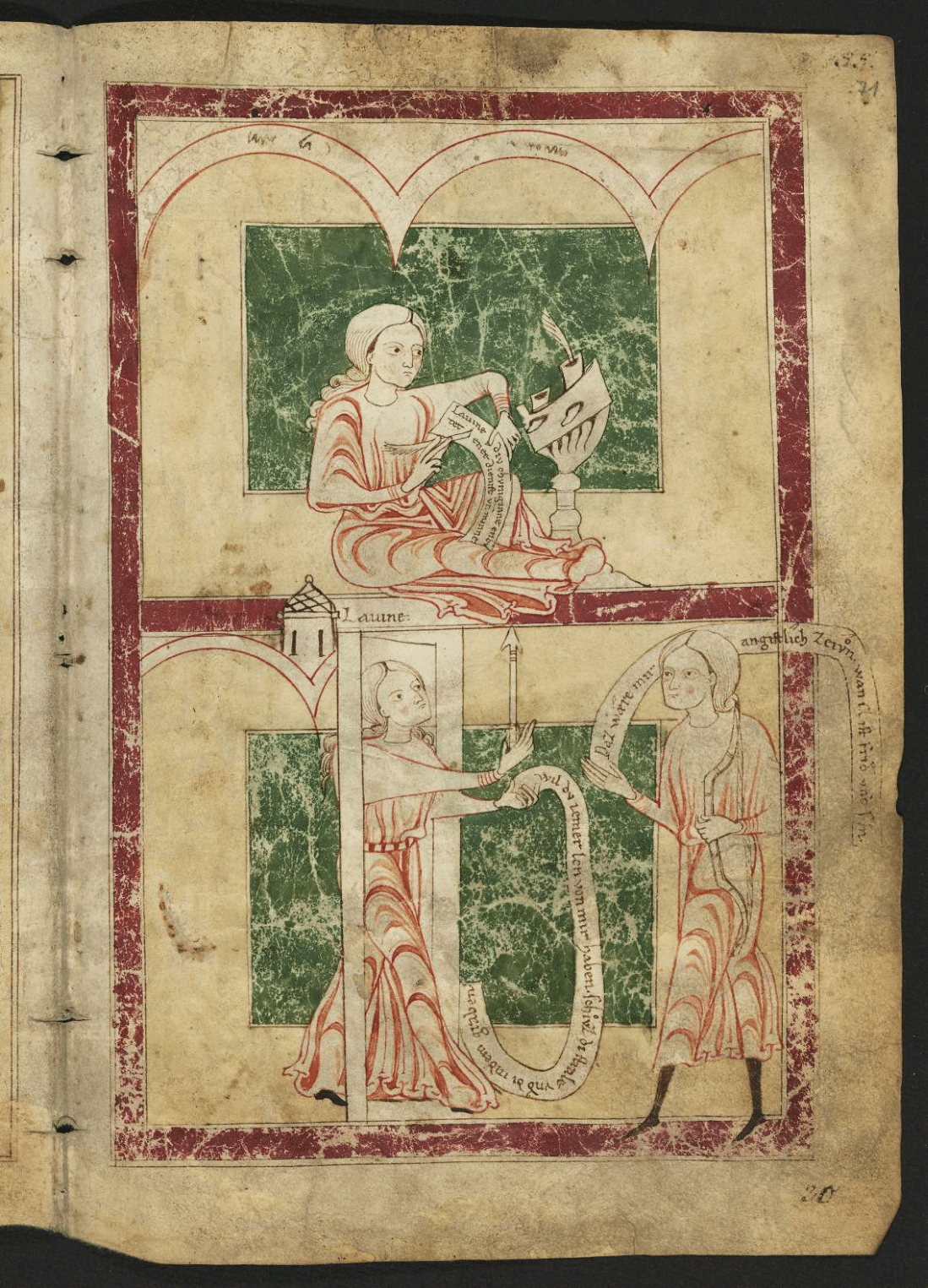 Lavinia declares her love to Eneas in a letter. Image from an illustrated manuscript containing Hendrik van Veldeke's Eneas novel, circa 1220-1230
Lavinia declares her love to Eneas in a letter. Image from an illustrated manuscript containing Hendrik van Veldeke's Eneas novel, circa 1220-1230© Staatsbibliothek, Berlijn
This encyclopedic chronology offers a picture of translators and translation in practice through the ages, but also of society and its view on language, translation and culture; how freely one can translate, what languages have prestige, what status the Dutch language has, how professional translators are and what their social status is, what types of texts were translated, what the meaning of interpreters is, what role new technology such as printing press plays, how Bible translations evolve… One thing is clear: the Low Countries have always been multilingual; they have embraced this situation for centuries and even monetized it.
In the Middle Ages, translators more repeatedly left out or added parts, tuning into the prevailing taste of their target audience
In the Middle Ages, for example, French-language chivalric novels were wildly popular. This is why translators emphasized stories that were translated from French, as these scored better than an original Dutch-language story. Other genres, such as manuals and religious and edifying texts, were usually written in Latin. The translations of the time were usually not literally translated. With epic poetry in particular, translators more repeatedly left out or added parts, tuning into the prevailing taste of their target audience. It remains a challenge to reconstruct the translation history of a certain text from this period: often only fragments of texts have survived, translations without the original or references to texts that have since been lost. One can only speculate on what the original text that translators relied on looked like.
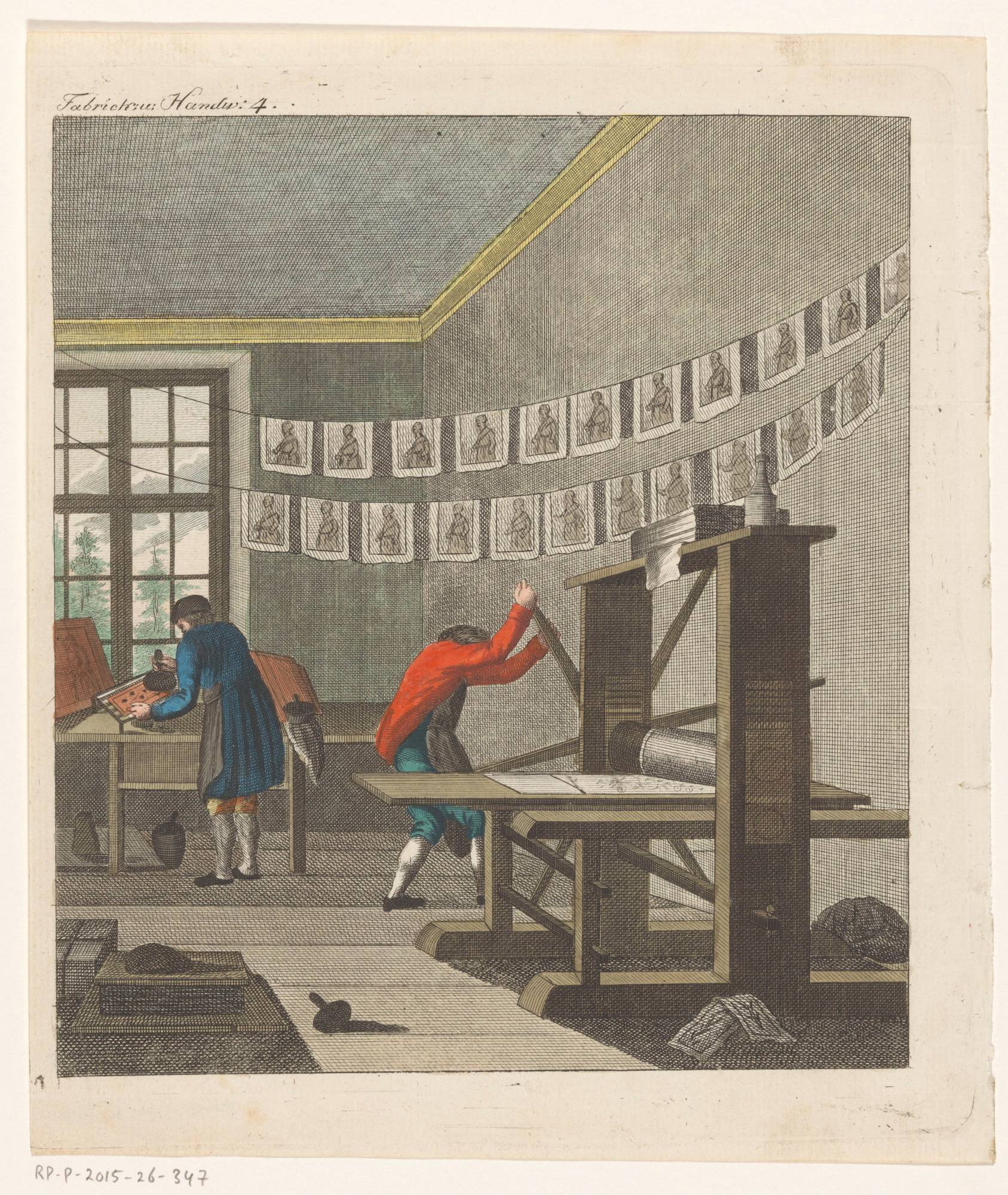 Interior of a printing house, c. 1750
Interior of a printing house, c. 1750In the fifteenth century, the invention of the printing press turned the world of translation upside down. This innovation coincides with the blossoming of humanism and of various sciences and with the growing interest in the original Bible texts in the Biblical languages; Latin, Greek, Hebrew, and even Aramaic and Syriac. This means a lot is being translated into and out of different languages, including the vernacular languages, which will have less regional variation. After all, the more uniform the language, the larger the potential audience. Translation, especially of religious texts, had become a lucrative business. In this chapter, we are introduced to Vincentius Meusevoets and Johannes Lamotius, who translated around seventy titles between 1598 and 1628. They mainly translated from English, a language that was in great demand at that time.
This book takes a broad look at the original history of translation and makes it very personal at the same time
In the first half of the eighteenth century, the Netherlands was the centre of the European translation industry. Here the book industry had been very internationally oriented since the seventeenth century: many foreign publishers had an office in Amsterdam and Rotterdam, from where they distributed their publications throughout Europe. This means a fair percentage of book production was not written in Dutch and destined for export. But because of the high literacy rate, there was also a great demand for Dutch literature, and Dutch authors could not meet that demand. Therefore, a lot of translation was done from French, English and German. Translation was an economic matter and less of an exchange of culture. It was a matter of supply and demand. During the course of the eighteenth century, this central role gradually disappeared and the printing press refocused on its own Dutch market.
The translation sector was professionalized in the twentieth century: training courses, associations, and magazines emerged. Professional translators came to exist and translation also became a field of science. The world of literary and other translators, such as technical translators, gradually grew apart. At the end of the twentieth century, the first translation software and translation memories appeared. Today they are part of the normal working tools of (commercial) translators, while the competition from machine translations in the original or modified format is growing.
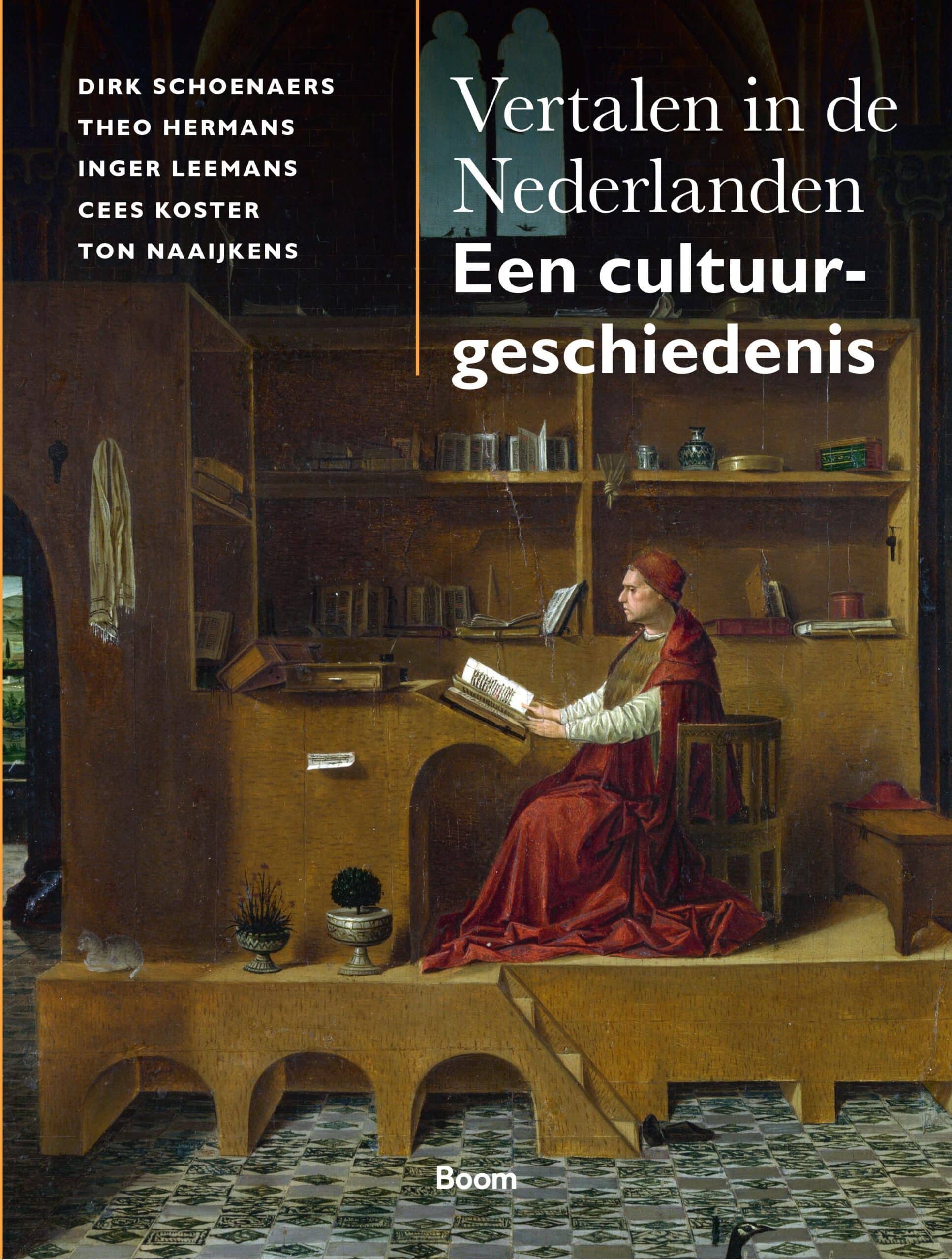
Translation in the Low Countries is a monumental masterpiece that takes a broad look at the original history of translation and makes it very personal at the same time. We are introduced to the evolving views on languages, translation and culture, to the changing economic position of the Low Countries. We also get to know some of the translators and works themselves. The book is highly recommended for anyone interested in the history of translation and of the Low Countries in general.
Dirk Schoenaers, Theo Hermans, Inger Leemans, Cees Koster en Ton Naaijkens, Vertalen in de Nederlanden. Een cultuurgeschiedenis, Boom, Amsterdam, 2021, 656 pages.



